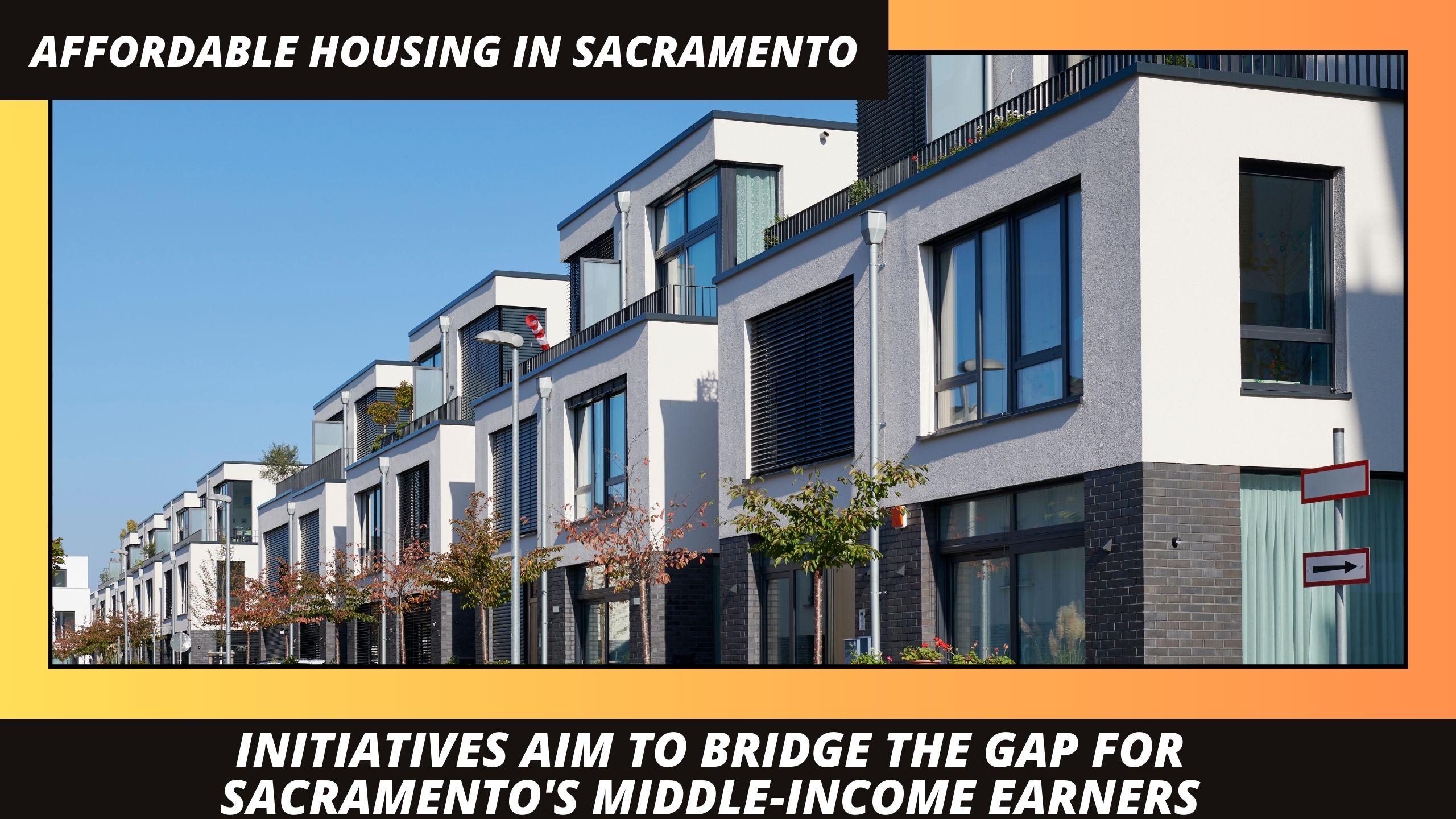Discover the challenges faced by middle-income earners in affordable housing in Sacramento and the pioneering efforts of CADA’s loan program in providing affordable housing solutions. Discover the significance of diverse housing options and the promising shift in local and statewide housing policies.

Affordable Housing in Sacramento (Photo: Canva)
The Plight of Middle-Income Earners for Affordable Housing in Sacramento
In a bustling Sacramento, Leslie Lucas, a 24-year-old, was caught in the quandary of unaffordable housing. Earning too much for affordable housing yet not enough to comfortably pay traditional rent, she represents the “missing middle” – individuals earning between60,000 and $80,000 annually. Amidst the strides supporting low-income housing, attention is now turning to the plight of middle-income earners.
The Capitol Area Development Authority (CADA) has pioneered a program offering loans for income-restricted projects, exemplified by the Kind Downtown development in Sacramento. By emphasizing housing options priced between subsidized and market-rate offerings, this initiative aims to alleviate the housing struggles faced by middle-income earners.
Julie Young, President of Urban Elements, highlights the significance of this endeavor, emphasizing the need for diverse housing options to meet essential needs and reduce competition for. CADA and other developers are eager to expand similar programs, acknowledging the pressing need for more housing options for middle-income earners.
READ ALSO: Social Security Payments In February 2024 Set For Big Increase
Affordable Housing in Sacramento: CADA’s Loan Program Pioneers Middle-Income Solutions in Sacramento
A recent study by the California Community Builders revealed that 60% of middle-income earners in California are people of color, shedding light on the significance of addressing the housing challenges faced by this demographic. The study also underscored the need for a unified coalition to make homeownership and affordable housing accessible to all Californians.
In the quest for housing solutions, stakeholders and policymakers are recognizing the urgency of bridging the housing gap for middle-income earners, signaling a promising shift in local and statewide housing policies.
This narrative report elucidates the struggles faced by middle-income earners in Sacramento, shedding light on innovative solutions and collective efforts to ensure the availability of affordable housing options for this segment of the population.
READ ALSO: Nebraska Governor Jim Pillen Reverses Decision, Accepts $18 Million Federal Funding To Feed Hungry Children




![Tyson Foods Plant [Photo: Food Manufacturing]](https://southarkansassun.com/wp-content/uploads/2023/08/iStock_1185520857__1_.5e441daa51cca-600x337.jpg)







![Silverado Senior Living Management Inc. [Photo: Los Angeles Times]](https://southarkansassun.com/wp-content/uploads/2023/10/download-6-4-600x337.jpg)

![China's Wuhan Institute of Virology [Photo: Nature]](https://southarkansassun.com/wp-content/uploads/2023/09/d41586-021-01529-3_19239608-600x337.jpg)
















